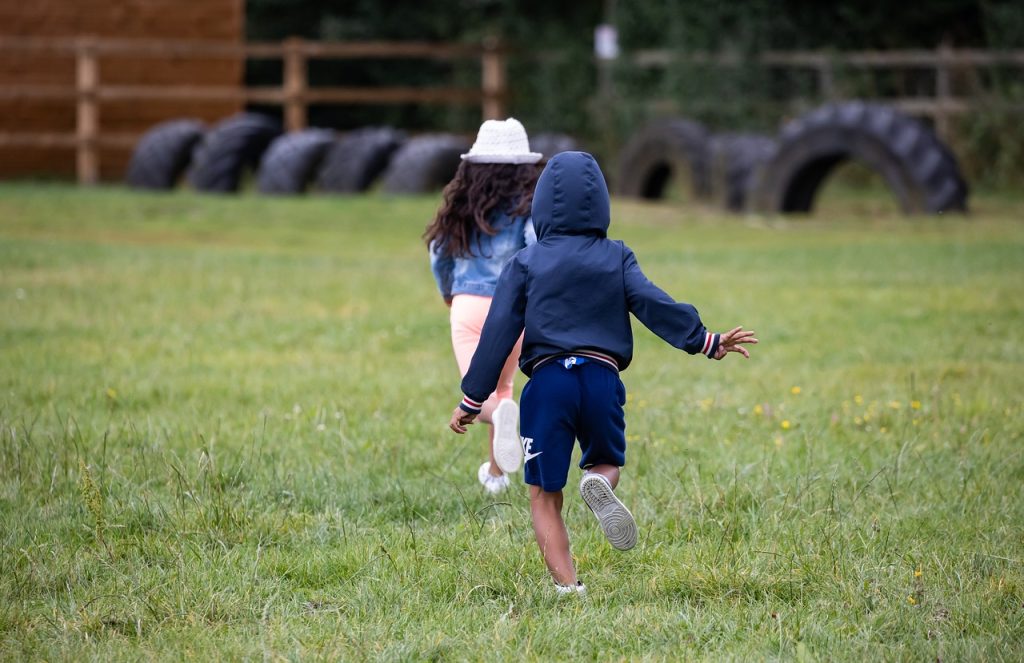
How 4R Coaching Can Empower You to Navigate Change
Supporting children through transitions?
Transitions are an inevitable part of childhood and family life.
Whether it’s starting a new school, moving to a different home, experiencing family separation, welcoming a new sibling, or pursuing a new activity, these changes can evoke a profound emotional response in children.
While transitions can be exciting and create opportunities for growth, they also often bring uncertainty, anxiety, and stress — not only for children but for parents too.
If you’re concerned about how your child will cope with changes, understanding the different types of transitions, their impacts, and effective support strategies is essential.
Moreover, adopting a structured, compassionate approach like the 4R Coaching framework — Reflect, Reframe, Reconstruct, Reaffirm — can help you guide your child through change with confidence and resilience.
Types of Transitions and Their Impact on Children
Children experience a variety of transitions that can influence their emotional well-being and development:
- Starting or Changing Schools
New environments, teachers, classmates, and routines, can cause anxiety or excitement, sometimes leading to withdrawal or behavioural challenges. - Moving to a New Home or Area
The upheaval of leaving familiar surroundings may result in feelings of loss, insecurity, or disorientation. - Family Changes
Divorce, separation, or the introduction of a new family member, can affect a child’s sense of stability and attachment. - Changes in Routine or Structure
Changes such as a new caregiver, altered daily routines, or shifting expectations can disrupt a child’s sense of predictability. - Personal Milestones
Moving from early childhood to school age, puberty, or significant achievements can also be emotional transitional phases.
Recognising the Impact
Children may respond to transitions differently based on their temperament, age, previous experiences, and family environment.
Common reactions include:
- Increased anxieties or worries
- Mood swings or irritability
- Withdrawal or clinginess
- Changes in sleep or appetite
- Academic or behavioural issues
- Expressing feelings of loss or confusion
Supporting them effectively involves understanding these responses and offering reassurance and stability.

Supporting Children Through Transitions: The Low Down, How to…
- Communicate Openly and Reassuringly
Discuss upcoming changes honestly but in an age-appropriate way. Validate feelings and reassure safety and love. - Maintain Routines and Structure
Consistent daily routines provide a sense of predictability and security amid change. - Use Visual Aids and Stories
Books, social stories, or visual schedules can help children understand and prepare for transitions. - Involve Children in Preparations
Encourage participation in planning or decision-making to foster a sense of control. - Celebrate the New and the Familiar
Highlight positive aspects of the change and maintain familiar rituals when possible. - Be Patient and Supportive
Remember that adjusting takes time. Offer patience, reassurance, and extra cuddles when needed. - Seek Support if Necessary
Professional support, such as counselling or coaching, can help children process complex feelings around transitions.
Supporting children through transitions with the 4R Coaching Framework.
The 4R Coaching framework — Reflect, Reframe, Reconstruct, Reaffirm — provides a robust, compassionate approach ideal for supporting children through transitions, guiding your child through change. Here’s how each step can help:
- Reflect
Begin by honestly examining your own feelings and beliefs about the upcoming transition. Notice your emotions—worry, guilt, frustration—and how these might influence your support. Reflect on your child’s past responses to change and their unique temperament.
Example: You might realise that your own anxiety about moving is affecting how you discuss it with your child, possibly making them more nervous.
- Reframe
Shift your perspective from seeing the transition as purely disruptive to viewing it as an opportunity for growth and resilience. Reframing helps you and your child approach change with curiosity and optimism.
Example: Instead of focusing on what your child might lose, emphasise the new adventures, friendships, and skills they can gain.
- Reconstruct
Develop practical strategies tailored to your child’s needs and the specific transition. This might include creating visual schedules, involving your child in planning, or establishing comforting routines.
Example: Co-create a “Moving Map” or storybook that explores the new school or home to ease anxiety.
- Reaffirm
Regularly acknowledge your child’s feelings, celebrate their efforts to adapt, and reaffirm your love and support. This fosters resilience and confidence.
Example: Compliment your child on how brave they are trying new activities or meeting new friends.
How 4R Coaching Empowers Parents
Applying the 4R framework during transitions helps you:
- Gain clarity on both your feelings and your child’s needs
- Approach change with confidence and positivity
- Strengthen your child’s resilience and emotional intelligence
The 4R framework empowers you to build a supportive environment where your child feels safe, valued, and equipped, to face new challenges.
It encourages mindful parenting, fostering open communication and deepening your connection. By consistently implementing the Reflect, Reframe, Reconstruct, and Reaffirm steps, you not only guide your child through current transitions but also nurture their inner strength for future changes.
If you’re ready to navigate family transitions with confidence and compassion, our 4R coaching approach is here to guide you every step of the way.
Together, we can help your child adapt with resilience, and you’ll feel more empowered, connected, and prepared for whatever changes lie ahead.
Explore how personalised coaching can support your family’s unique journey through change—visit 4rcoaching.co.uk today and start transforming challenges into opportunities for growth.
Schedule a Free initial consultation!
Fill out this handy form and I will contact you in the method of your choice for an initial assessment.
